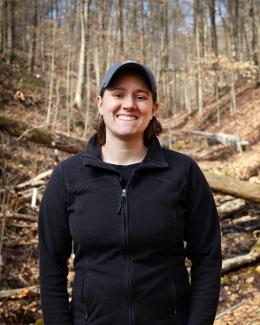Abstract
Porewater chemistry is an integrative measure of the physical, chemical, and biological processes occurring within peatland ecosystems, and therefore some chemistry measures (e.g., pH, calcium concentrations) have been used to classify bog vs fen peatlands. However, porewater sampling is often limited in spatial and temporal resolution, highlighting the need for a more comprehensive analysis of spatiotemporal variation in porewater chemistry. We examined depth profiles of porewater chemistry in four nearby peatlands that fall along a bog to rich fen gradient in northcentral Minnesota, USA. Porewater was sampled ~monthly during one ice-free season from three replicate piezometer nests per peatland to quantify temporal and spatial variability of those depth profiles. Porewater depth profiles of pH, calcium and total organic carbon concentrations, and δ18O-H2O varied along the bog to fen gradient, but total nitrogen and total phosphorus concentrations did not. Porewater chemistry was similar in the bogs and poor fen which were all quite different from the rich fen. In contrast, temporal and spatial variation in porewater chemistry, quantified using coefficients of variation, did not differ between bogs and fens despite the hypothesis that variation in porewater chemistry would be lower in fens than bogs due to the perennial throughput of large volumes of discharging groundwater in the rich fen. Spatial and temporal variability in porewater chemistry across all peatland types highlights the importance of collecting porewater samples in multiples over time in both near-surface and deeper peats. This variation can be important when scaling findings to the peatland scale, assessing the representativeness of peatlands within a larger landscape, and understanding variability in solute export to downstream ecosystems.



